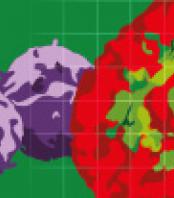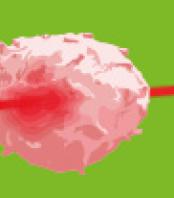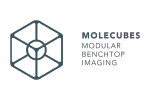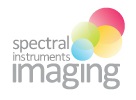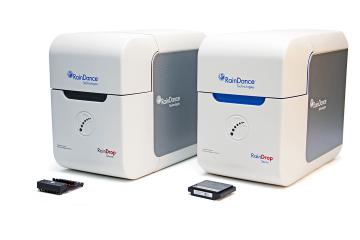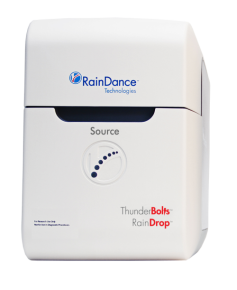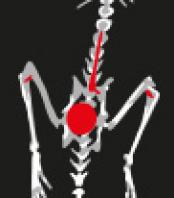The efficient characterization of genetic and epigenetic alterations in oncology, virology, or prenatal diagnostics requires highly sensitive and specific high-throughput approaches. Nevertheless, with the use of conventional methods, sensitivity and specificity were largely limited. By partitioning individual target molecules within distinct compartments, digital PCR (dPCR) could overcome these limitations and detect very rare sequences with unprecedented precision and sensitivity. In dPCR, the sample is diluted such that each individual partition will contain no more than one target sequence. Following the assay reaction, the dPCR process provides an absolute value and analyzable quantitative data. The recent coupling of dPCR with microfluidic systems in commercial platforms should lead to an essential tool for the management of patients with cancer, especially adapted to the analysis of precious samples. Applications in cancer research range from the analysis of tumor heterogeneity to that of a range of body fluids. Droplet-based dPCR is indeed particularly appropriate for the emerging field of liquid biopsy analysis. In this review, following an overview of the development in dPCR technology and different strategies based on the use of microcompartments, we will focus particularly on the applications and latest development of microfluidic droplet-based dPCR in oncology.
Read more
